The creative cities have diversified, sophisticated and internationally oriented cultural industries. Such cities nurtures and supports a wealth of local and international artistic activity that is commercial, subsidised and voluntary. It is difficult to resist the allure of creative cities. History has proven that cities are making revenue based on their creativity and using capital to reinvent themselves as attractive destination for inhabitants and tourists. Indeed, such cities are designed to mesmerise tourists and grasp their attention again with their splendorous ambience.
Many cities have a disparate bundle of qualities which make them peculiarly spellbinding, fascinating and memorable. Such cities have been striving for creative industries, with much support and facilities to develop innovativeenterprises. Nonetheless, constructing cultural infrastructures and incorporating creativity into everyday urban design gives cities a new dimension of attraction. Global creative industries are considered the driver of economic growth for developed and developing countries (World Economy News, 2020).
United Nations data showed that creative and cultural sectors contribute 6% to the world’s GDP. It generates annual revenue of over $2 trillion and employs 50 million people. Of these, about half of the workers are women. The cultural time has revealed that Asia Pacific countries contribute 3% of regional GDP from this industry and employ 12.7m people. The cultural industry is generating US$ 709 billion in revenues in this region. This manifests that creative cities can potentially improve the country’s economic situation (Policy Circle, 2022).
Characteristics of Creative Cities
The attributes of the creative cities of Pakistan are moving around the environmental qualities, socio-culture conditions, economic patterns, technological application and public policies. However, the main characteristics are as follows:
- Developing clarity of purpose and ambitions
- Fostering visionary organisations and individuals
- Being open-minded and risk lover
- Being determined in planning rather than deterministic, thus being anticipatory
- Willing to recognise and work with local cultural resources and local distinctiveness
Five Creative Cities of Pakistan
Hyderabad
It is Pakistan’s fourth-biggest city and the second-biggest city of Sindh Province. It is built on three hillocks cascading over each other. The city was founded by Mian Ghulam Shah Kalhoro of the Kalhora Dynasty in 1768 over the ruins of Nerun Kot, which was a small fishing village on the banks of the Indus River named after its King Nerun. Hyderabad is also called as “Heart of the Mehran”.
It is located in close proximity to other culture-rich cities of Sindh, including Hala, Jamshoro, Bhit Shah, Thatta, Shikarpur and Larkana. It has a small airport which caters to domestic flights only. Hyderabad has a hot desert climate with warm conditions year-round.
With a population of 3,429,471 (2014), the city has a mix of Sindhi, Urdu-speaking Muhajirs, Punjabis, Pashtuns, Memons, Baloch, Hindus and Christians. Major languages spoken include Urdu and Sindhi. Hyderabad is considered an important commercial centre of Sindh. It has a comparative advantage in textiles, sugar, cement, manufacturing of mirrors, soap, ice, pottery, paper, plastics, hosiery mills, tanneries, hide tanneries and sawmills. Moreover, the city is a major commercial centre for the region’s agricultural produce, including millet, rice, wheat, cotton and fruit.
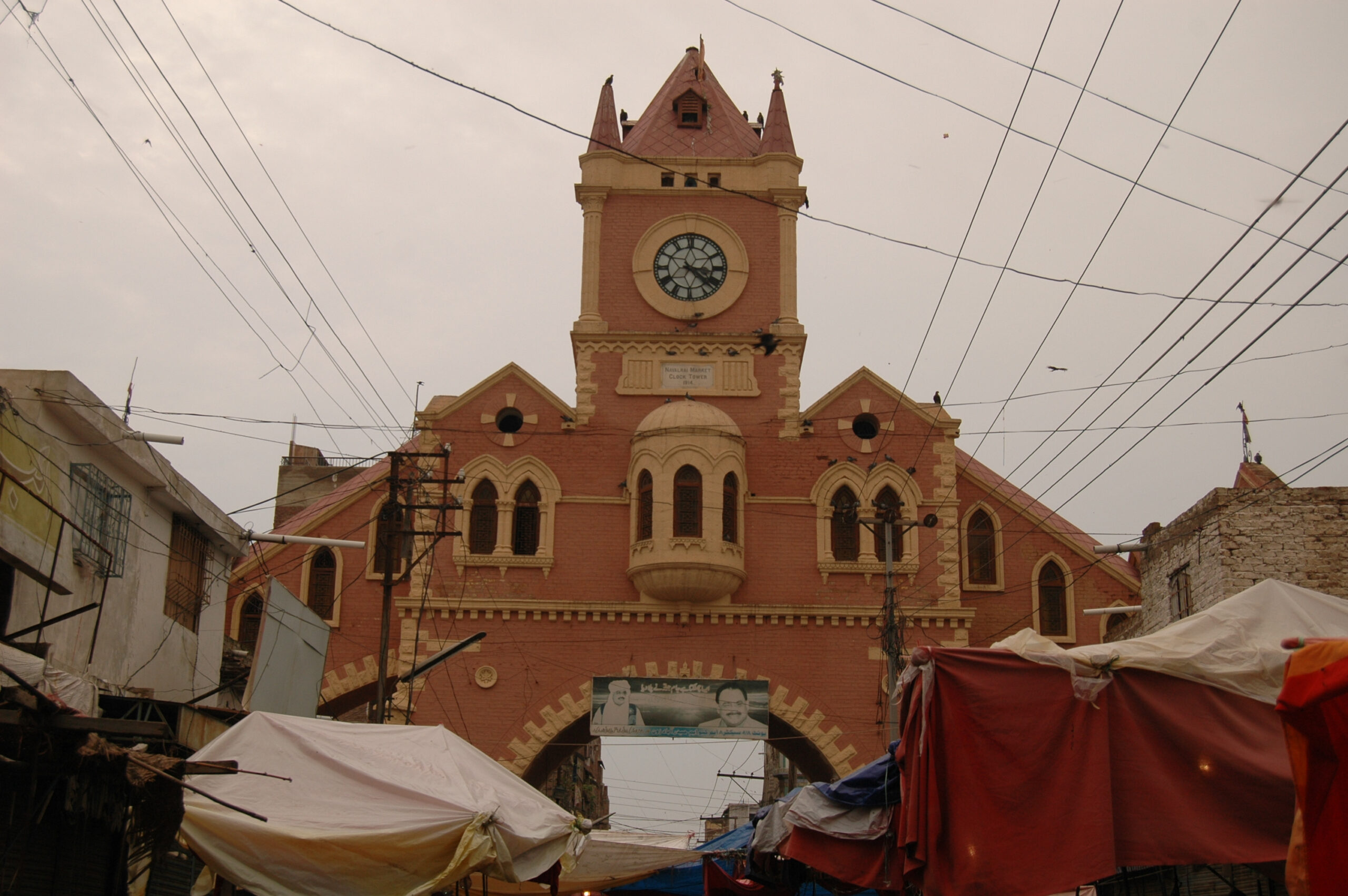
Cultural Traits
Hyderabad has a forte in the arts and craft industry which consists of silver and gold work, ornamented silks, lacquerware, rose water etc. It is the heart of contemporary and traditional Sindhi literature, drama, and music,and obsoleting Sindhi film industry. Nonetheless, it is the home of Sindhi dialect media. Much of the traditional literature in Hyderabad is linked to the Shah Latif Bhittai.
It is enriched with history and has numerous architectural heritage. Hyderabad’s famous sites include pre-Harrapan archaeological ruins of Amri, Talpur Mirs and Agham Kot, the city’s forts called Kachho Qillo and Pakko Qillo, constructed by Talpurs, Ranikot Fort and the beautiful wildlife park, namely Rani Bagh, which was formed in the colonial era and named after Queen Victoria of England.
Peshawar
Peshawar is the capital of Khyber Pakhtunkhwa (KP) and the ninth-largest city in Pakistan. It is an economic hub and administrative centre for other cities of KP. It is one of the oldest cities in South Asia and is known as Puruspura in Sanskrit means “City of Men”. It features a semi-arid climate, with very hot summers and relatively cold winters. The majority of the people are Pushto speakers. People living in the old area speak Hindko, whereas Pashto is spoken in new areas.
The city was enclosed within gates until the mid-1950s. It comprises sixteen gates, among them famous is Kabuli Gate. The old city of Peshawar is made of unbaked bricks with wooden structures to protect the house from the earthquake. It has historical monuments and bazaars such as Kotla Mohsin Khan, Mohabbat Khan Mosque, Chowk Yadgar and the Qissa Khawani Bazaar.
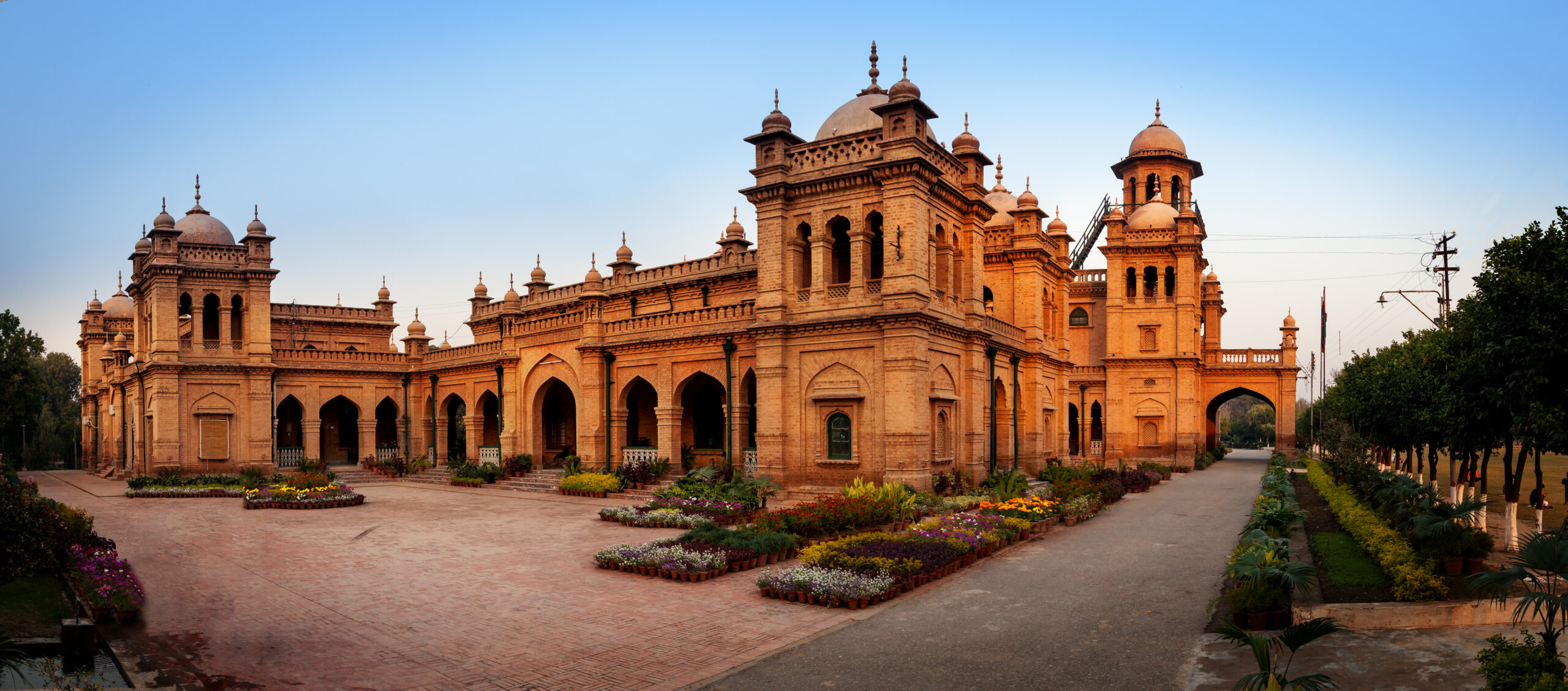
Cultural Traits
The city has a comparative advantage in creative and traditional industries of copper/brass cravings, chappals (slippers), mayzare (bamboo mats), leather, truck art, furniture, etc. It is the major market for arts and crafts.
Peshawar is the centre of Pashto performing arts in theatre, television, dance etc. It has a local Arts Council and booming Pashto film and music industries.
Multan
Multan is the capital of South Punjab. It is present on the banks of the river Chenab and is the oldest city in Pakistan, dating back to 6,000 years. Multan is a Sanskrit word name after a pre-Islamic Hindu Multan Sun Temple called Mulasthana.
It is a city of saints and Sufis and Madinat ul Auliya because of the large number of Sufi saints and their shrines. The city has various mosques, bazaars, shrines and ornate tombs. It is the birthplace of Fariduddin Ganjshakar, famous as the first major poet of the Punjabi language. Multan features an arid climate with very hot summers and mild winters.
It is one of the country’s economic hubs because it has a dry port and excellent road, rail and air links. The Multan airport caters to international flights. Local industry includes cosmetics, glass manufacturing, cotton production, fertiliser etc.
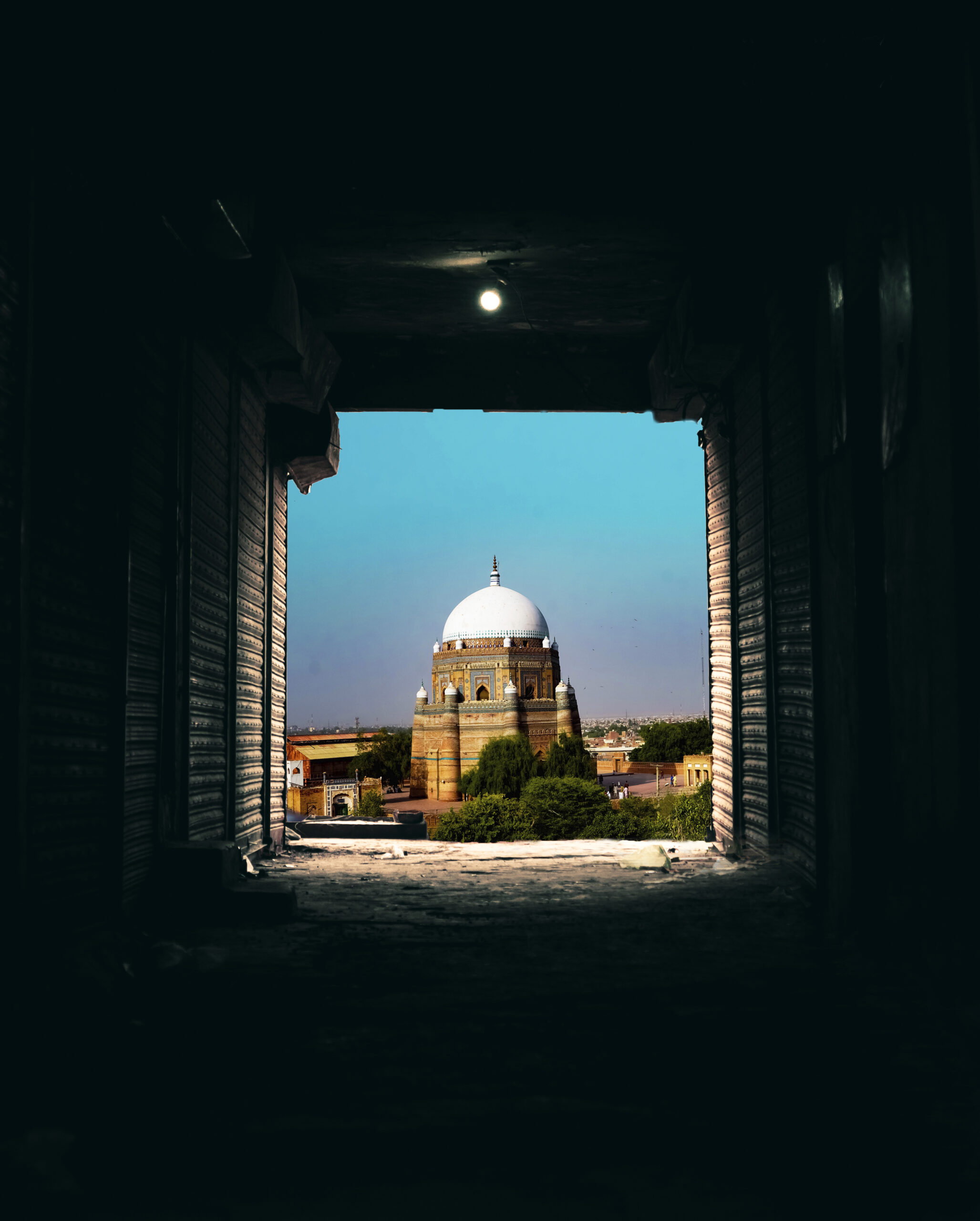
Cultural Traits
It is the home of Saraiki culture and Sufism and has shrines of Hazrat Shah Rukh e Alam and Hazart Baha ud Zakariya. This region has many poets: Shah Abdul Latif Bhitai, Sachal Sar Mast and Ghulam Farid.
Multan consists of various historic architectural sites such as temples, shrines, and Multan Fort. In addition to the mausoleums of Sufi saints, the famous Darawar Fort lies on the outskirts of Bahawalpur in the Cholistan Desert, while the subsequent princely state of Bahawalpur is home to the royal palaces of Darbar Mahal and Noor Mahal. It has a vast collection of medals, coins, and postage stamps from the former state of Bahawalpur. It is the centre of Seraiki vernacular media. Its traditional dance is jhoomar which originated from Balochistan and Multan.
The city is famous for and has strong traditions and industries in pottery, ceramics, jewellery, embroidery, shoes, textiles, furniture, basketry, carpets, and camel skin-ware. The famous traditional sweet of Multan is Sohan Halwa.
Gilgit-Baltistan
Gilgit-Baltistan is formerly known as the Northern Areas. The region covers an area of 72,971 km² and is highly mountainous. It is famous for its scenic natural beauty. The world’s three mightiest mountain ranges meet here, i.e., the Karakoram, the Hindu kush and the Himalayas. It has five out of fourteen highest mountains with a height of over 8000 m, including the K-2. A nearby airport serves Gilgit. Tourists prefer to travel to Gilgit by air.
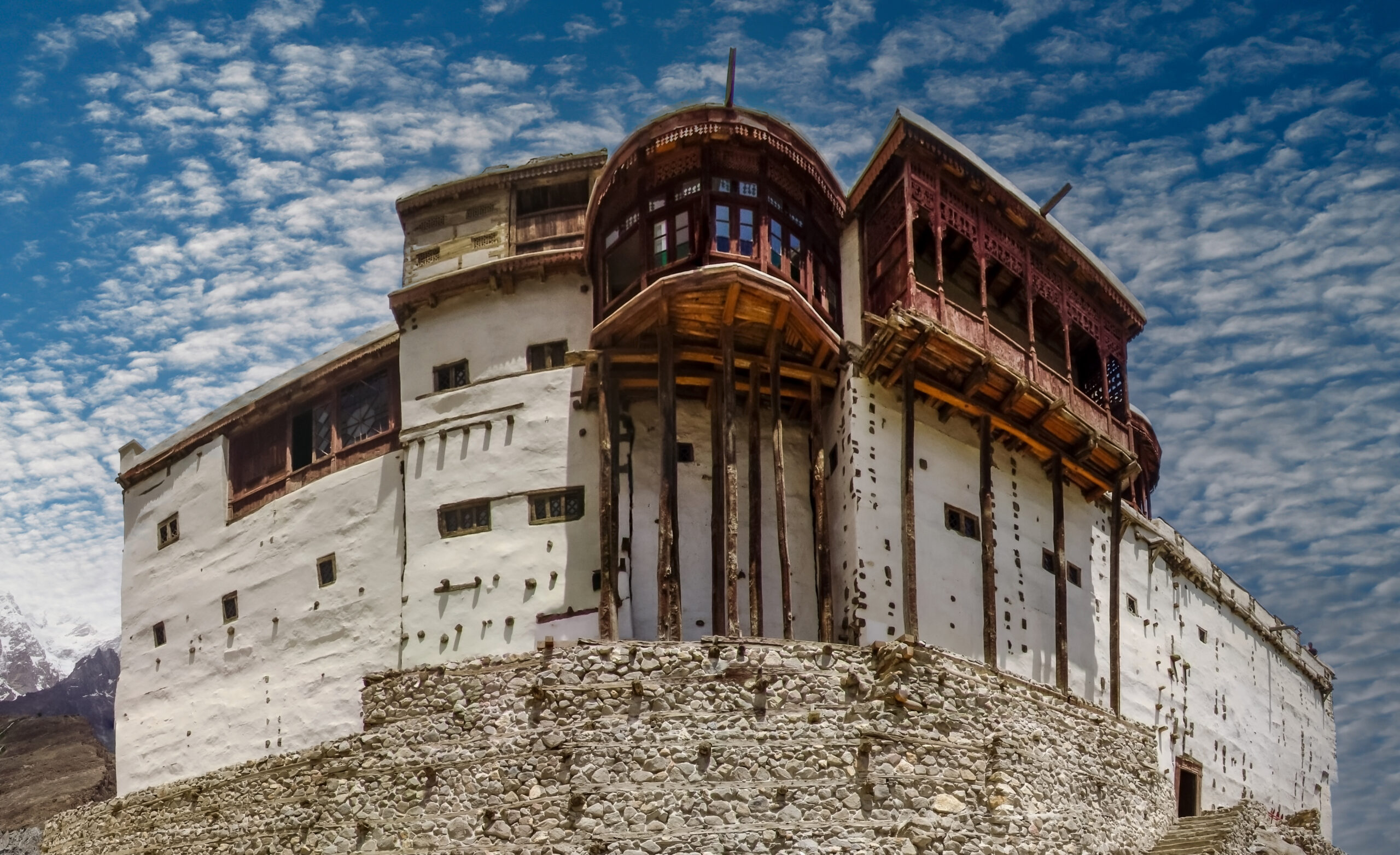
Cultural Traits
In 1931, a set of manuscripts found in Gilgit contained many Buddhist texts, such as four sutras from the Buddhist canon. The manuscripts covered various themes, such as iconometry, folk tales, philosophy, medicine, and different areas related to life and general knowledge.
Gilgit and Hunza have strong traditions of creative industries, including embroidery, textiles, wool, carpets, stonework, metal, woodwork, gems, jewellery and beadwork. The region also has a relatively good hospitality sector catering to a strong tourist market. Gilgit and Hunza are hubs of various local festivals and fairs, particularly music and dance. These festivals represent several important recurring religious festivals and cultural events with value additions of arts, dances, crafts, music, cuisine and heritage. The famous folk music and instruments used are Damal (percussion), Dadang (drum), Suranaye (flute), Duff (a circle framed drum), Ghajak (spiked fiddle), Rubab, Sitar and Gabi. Central Asia, Afghanistan and China influence local cuisine.
Several sites increasing their value are Altit Fort, Baltit Fort, Skardu Fort, Khalpu Fort and Shigar Fort.
Quetta
The provincial capital of Balochistan is Quetta. It is spelt as Kuwatah, which is extracted from the word Kot a Pashto word meaning fortress. It is located in Balochistan’s north-western side and shares boundaries with Iran and Quetta.
The total area of Quetta is comprised of 2,653 km2 and consists of numerous small rivers. Although a mostly rocky landscape, there are few natural boundaries between Quetta and its adjoining districts of Dera Ismail Khan to the northeast, Dera Ghazi Khan and Sibi to the east, Sukkur and Jacobabad to the southeast, Karachi and Gawadar to the south and Ziarat to the northeast.
It has a high semi-arid climate with significant variation between winter and summer temperatures. It is linked to the whole country by a network of railways, roads, and an international airport close to its centre. It is close to several nature reserves, parks and tourist destinations. The Quetta Archaeological Museum has various rare antique swords, guns, manuscripts and a display of Stone Age tools, prehistoric pottery and articles found in Mehrgarh.
Cultural Traits
There are various cultural and religious festivals held in the city every year. It is famous for itsgood tradition and cottage industries with outputs including textile, embroidery, bread work, mirror work, leather and pottery. The famous traditional dishes of Quetta are Rosh, Kadi Kebab, and Balochi Saji. Quetta is the heart of Brahui and Balochi literary traditions.
Conclusion
The creative cities have the potential to provide a diverse and versatile background. In Pakistan as per the British Council Study there are five creative cities Hyderabad, Peshawar, Multan, Gilgit-Baltistan and Quetta. These cities have distinct cultures and have comparative advantage in small and medium scale industriries such as copper/brass cravings, chappals (slippers) pottery, ceramics, jewellery, embroidery, shoes, textile etc. These cities have potential to increase the exports and tourist inflow in the country. The government should make effective policies and remove loop holes in the administration and management framework to unleash the potential of these cities.
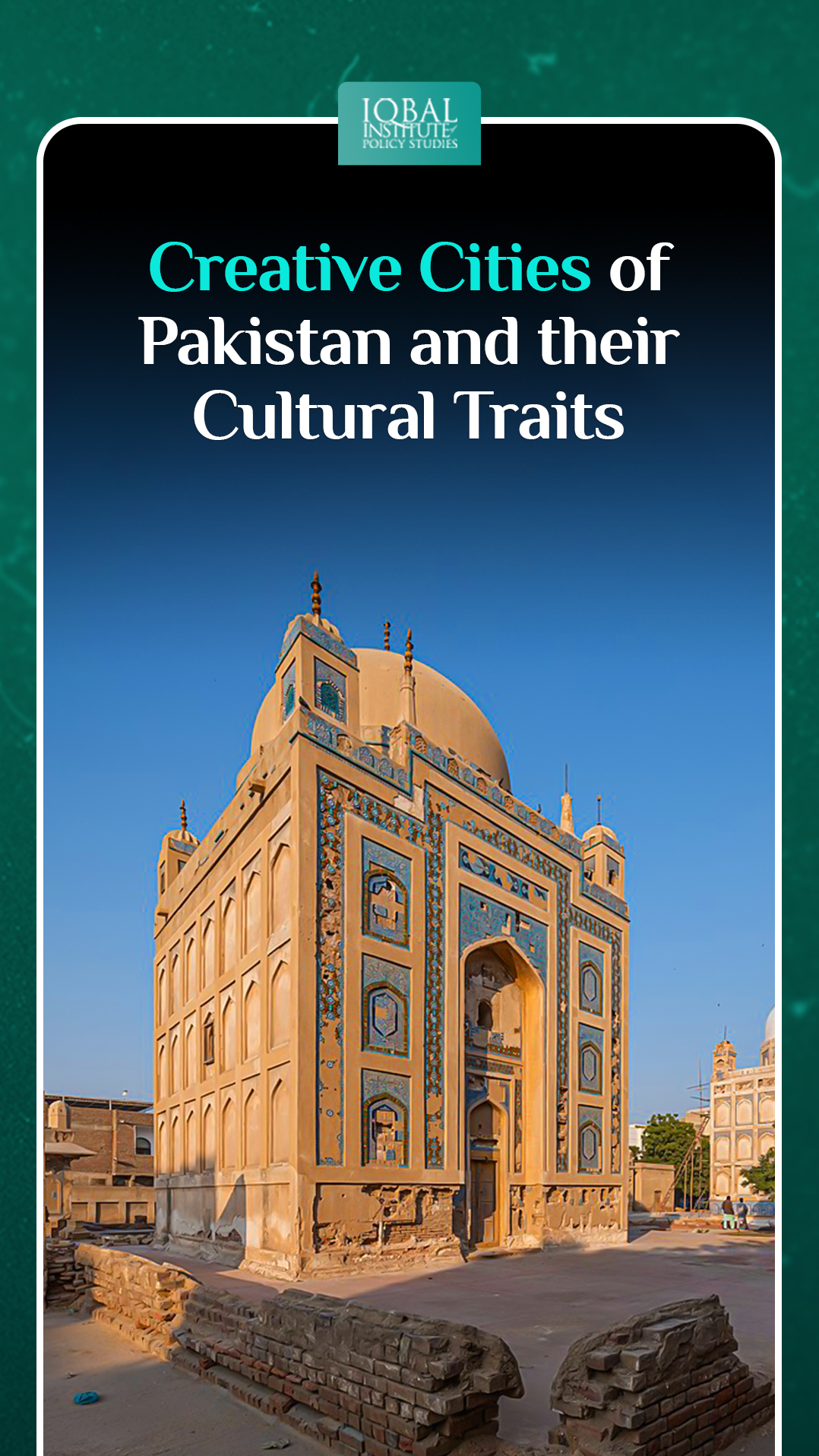

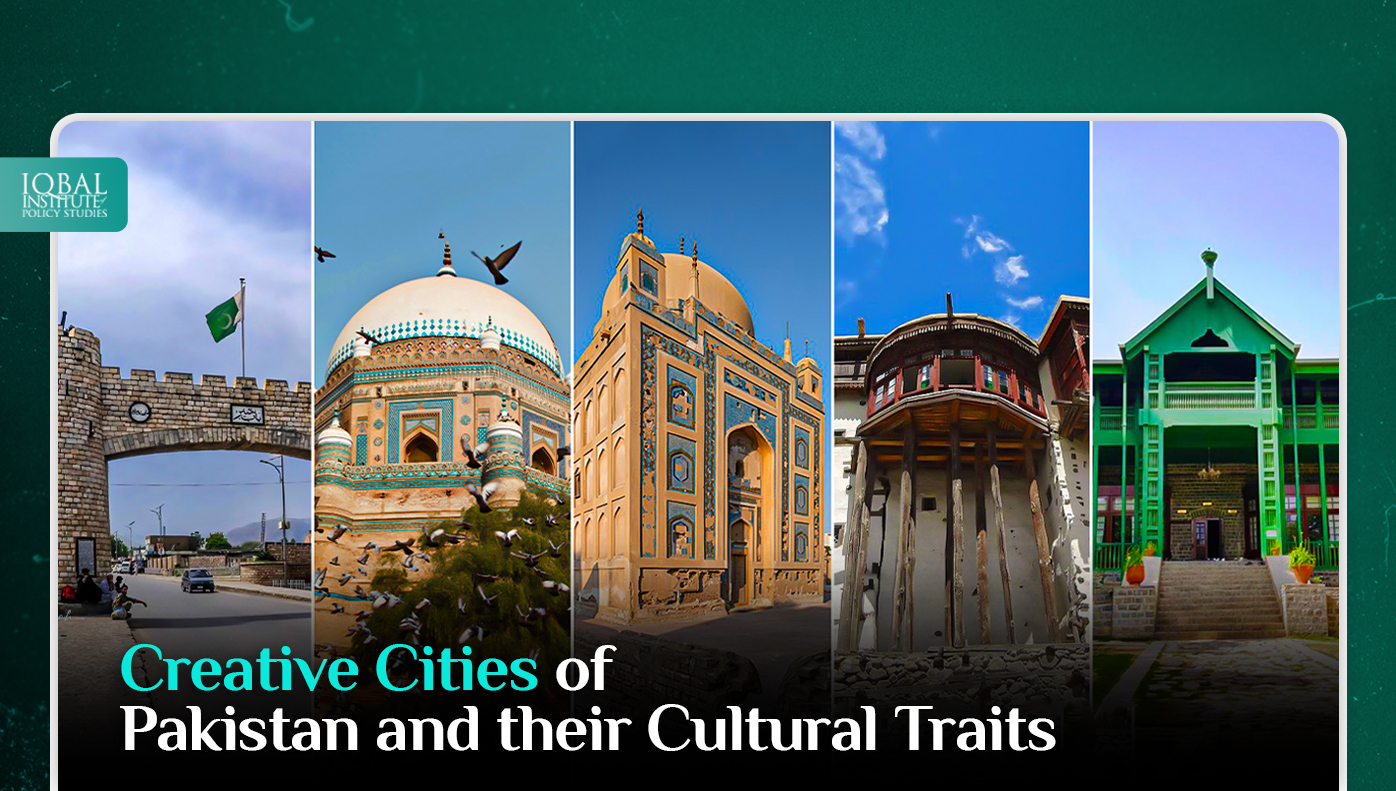
Leave a Reply